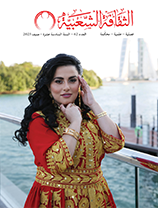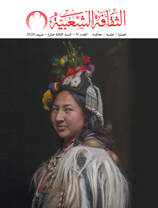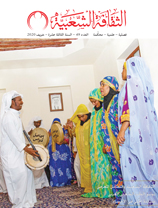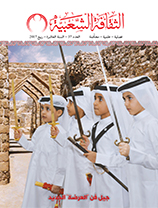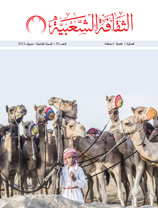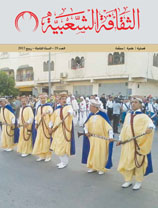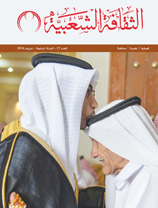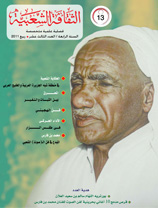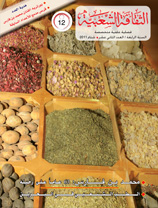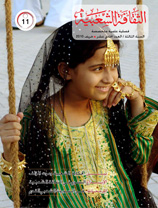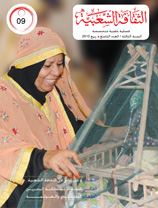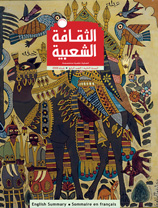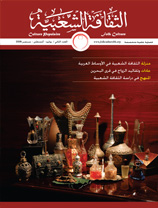Moroccan embroidery: A mirror for a civilisation
Issue 39
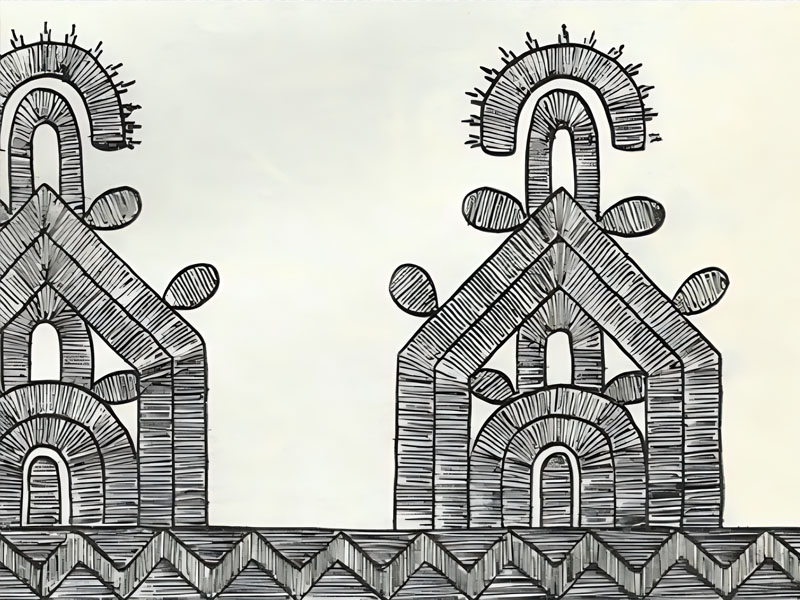
By Al Zubair Mihdad, Morocco
Architecture has two components: the building style, which is determined by the dimensions and composition; and the decorative elements, which involves combining various materials such as wood, mosaics, paint, clay and stone to create a work of beauty. These two components are strongly associated with the history of humanity and architecture, which has changed over the centuries to reflect changing preferences and styles.
In architecture, beauty is a result of the harmony between the elements of the building and its components; this harmony survives as evidence of the creativity in the different eras.
A very old art form practiced by many civilisations, embroidery involves creating a valuable piece of art on an inexpensive piece of cloth.
It is exciting to discover a strong link between embroidery and architecture in Moroccan culture, and to study the ways in which building style influences embroidery. Architecture and embroidery patterns reflect the civilisation, and the families that ruled Morocco were keen to leave their mark on architecture. This is evident in many of the structures that are still standing in the cities of Morocco, but the influence of these families also extended to the delicate art of embroidery.
Embroidery, a blanket term that includes clothing, upholstery and curtains, is primarily an urban art form, and it is of great importance to women's clothing and, to a lesser extent, men's clothing. It is an important part of the national cultural heritage.
Urban life, with its elegance and prosperity, influences fashion, arts and crafts, and the furnishings in traditional homes. The clothing that men and women wear in urban areas has distinctive characteristics that distinguish it from villagers’ clothing. With rich fabrics and designs, urban clothes suit the easier, more elegant ways of living in towns and cities. City markets and shops sell these products and their raw materials, and there are institutes and centres that train women who wish to learn the art of embroidery.
In the modern era, the introduction of machines and the development of new technologies have changed embroidery techniques all over the world. These modern machines helped to improve embroidery by giving artists greater freedom of expression so they can produce pieces that combine aesthetics with high quality work. The connection between embroidery and painting and calligraphy has a significant impact on embroidery, which involves combining a painted outline, a variety of colours, creativity, and artistic images to produce a work of art.
When people use machines, the cost of production is significantly lower than it is for traditional handmade embroidery. The traditional art of embroidery is under threat because it is relatively expensive, and because there is a scarcity of talented embroiderers.
However, machine-made embroidery cannot match the beauty, sophistication and splendour of handmade embroidery. In many Moroccan cities, artists are protesting the disappearance of this craft; they hold machines responsible and are fighting to save the craft by training people who are interested in learning to embroider. So loyalty to cultural heritage and identity has played a role in protecting and preserving the national cultural memory in Moroccan cities and villages by teaching this craft to new generations for hundreds of years.
Traditional Moroccan textiles are not merely decorative; they are worlds full of symbols, and documents that trace the cultural and civilisational influences that have impacted Morocco, a melting pot and a crossroads for different civilisations. Embroidery reflects an ancient culture rooted in history with local traditions that have been passed down for generations.





